Catnip (Nepeta cataria) is a herbaceous plant that is known for its distinctive appearance and strong aroma, which is particularly attractive to cats. Here is a detailed description of catnip:
- Plant Size: Catnip typically grows to a height of about 2 to 3 feet (60 to 90 centimeters) when it’s fully mature. However, it can vary in size depending on growing conditions and pruning.
- Leaves: The leaves of the catnip plant are heart-shaped and have a grayish-green color. They are arranged opposite each other on the stem and have serrated edges. The leaves are covered with fine hairs that give them a slightly fuzzy texture.
- Stems: Catnip has square-shaped stems, a characteristic common to many plants in the mint family (Lamiaceae). The stems are sturdy and become more woody as the plant matures.
- Flowers: The flowers of catnip are small and tubular, with a white to pale pink color. They are arranged in clusters on tall spikes that emerge from the plant during the summer months. The blooms are not only attractive to cats but also to bees and other pollinators.
- Aroma: The most notable feature of catnip is its strong, aromatic scent. When the leaves or stems are crushed or bruised, they release a pungent fragrance that is often described as herbal and minty. This scent is what attracts cats to the plant.
- Growth Habit: Catnip has a bushy and somewhat spreading growth habit. It can develop into a dense clump of foliage when allowed to grow freely.
- Cultivation: Catnip is relatively easy to grow and is suitable for both garden beds and containers. It prefers well-drained soil and thrives in full sun to partial shade. It is a perennial plant, meaning it can survive and regrow for several years under the right conditions.
- Hardiness: Catnip is hardy in many temperate climates and can withstand cold winters. It is known to be invasive in some regions, so gardeners should be mindful of its spread.
- Uses: Catnip is primarily grown for the entertainment of cats. Many cat owners plant catnip in their gardens or provide catnip-filled toys to their pets. However, it has also been used for its mild medicinal properties in herbal teas for humans.
In summary, catnip is a distinctive herb with heart-shaped leaves, square stems, and clusters of tubular flowers. Its strong aroma, attractive to cats, is its most well-known feature. Gardeners and pet owners often find catnip to be a delightful addition to their outdoor spaces and a source of feline enjoyment.

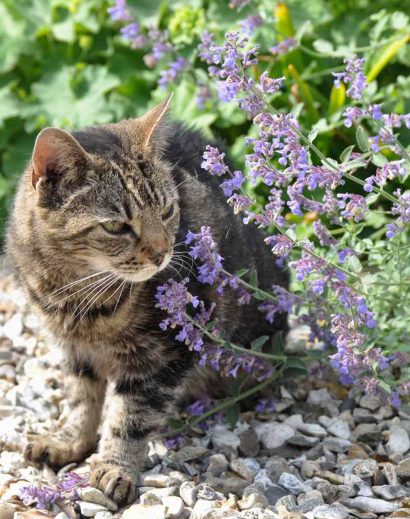
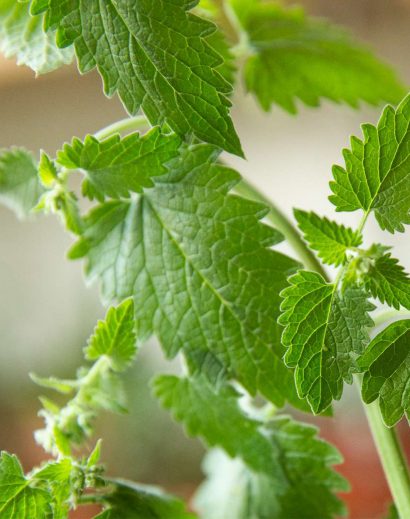
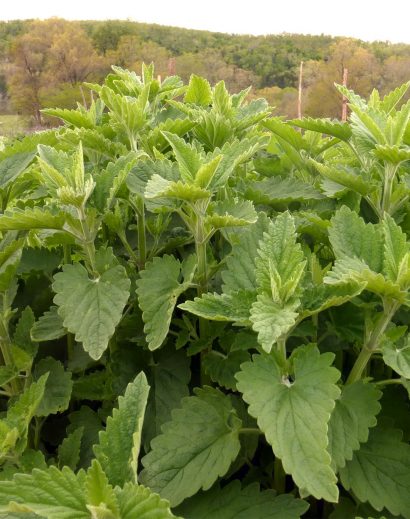
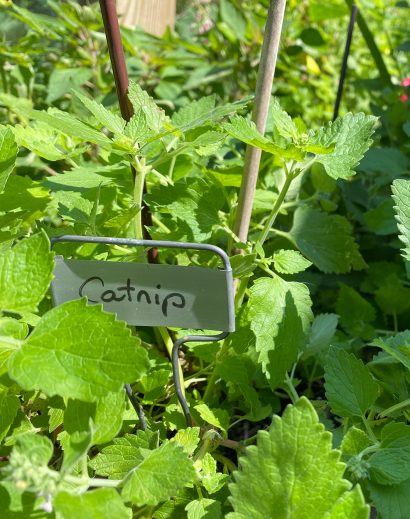
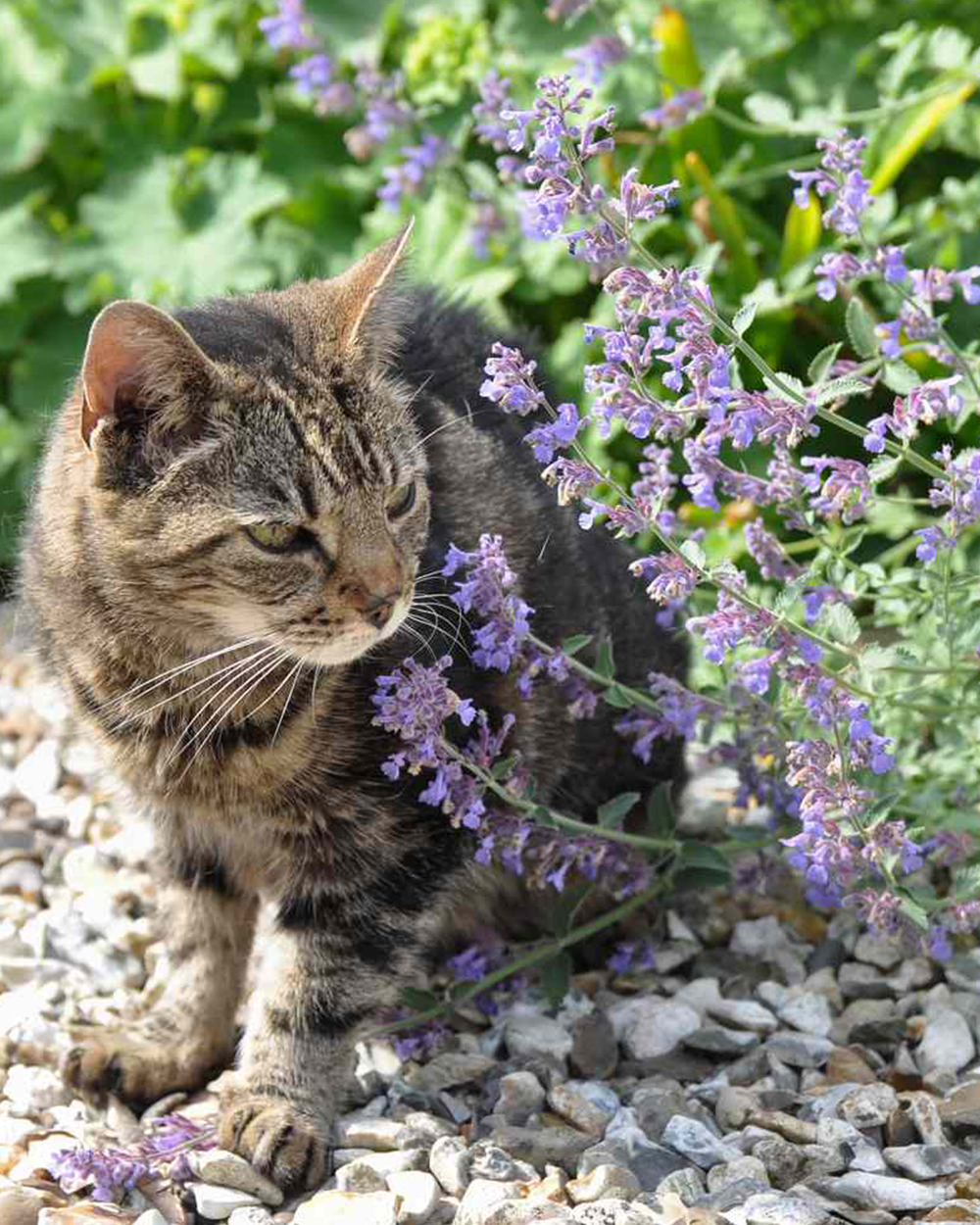
Reviews
There are no reviews yet.